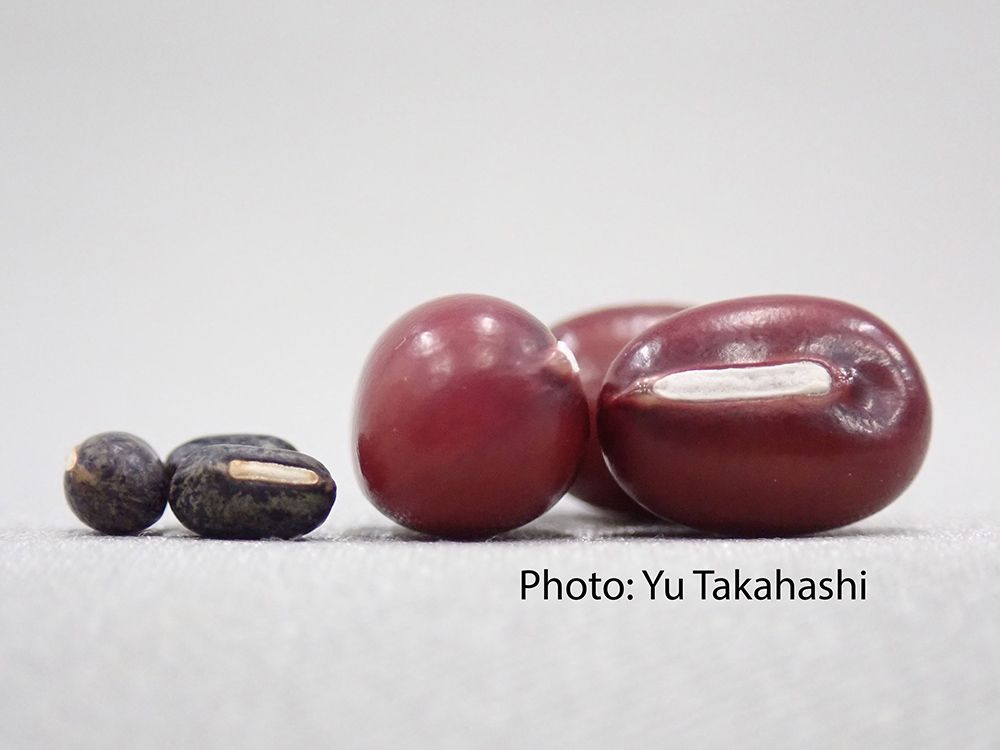
A Distinguished Global Research Center Established at NTU under Trilateral Cooperation
瀏覽器版本過舊,或未開啟 javascript
請更新瀏覽器或啟用 javascript
Spotlights
Fossil specimens of a male Denisovan found in Taiwan (courtesy of National Museum of Natural History).
Reconstruction scene of the Taiwanese Denisovan male alongside a distant Stegodon (illustration by Cheng-Han Sun)
Associate Professor Cheng-Hsiu Tsai of the Department of Life Science at National Taiwan University participated in an international study, collaborating with Chun-Hsiang Chang from the National Museum of Natural Science (Taiwan), Takumi Tsutaya from the Graduate University for Advanced Studies (Japan), Yousuke Kaifu from the University of Tokyo, Enrico Cappellini and Frido Welker from the University of Copenhagen, among a total of 15 researchers. Through the analysis of ancient proteins (paleoproteomics), the team confirmed that a human fossil discovered in Taiwan belongs to a male Denisovan individual, shedding new light on the landscape of human evolution. The results of this study have been published in the leading international journal Science .
Human fossils and evolutionary research have always been a highly visible and influential field of study, as any new discovery may significantly impact or even alter our understanding of human evolutionary history. One example is the achievements of the 2022 Nobel Prize in Physiology or Medicine laureate, Svante Pääbo, and his team’s successful extraction of ancient DNA from hominin fossils. In 2010, they reported the discovery of a previously unknown human lineage in Siberia, which came to be known as the Denisovans. Apart from Siberia, molecularly confirmed Denisovan fossils have only been found in Tibet. Interestingly, genomic research on modern human populations suggests that Denisovans likely ranged broadly across East Asia, Southeast Asia, and even Oceania. Yet for many years, there has been a lack of direct fossil evidence—especially decisive molecular evidence—of Denisovans in warmer, low-latitude regions. The fossil discovery in Taiwan is a historic first and key to unveiling the mistery.
Although in this study ancient DNA could not be successfully extracted from the Denisovan fossil found in Taiwan, the researchers succeeded in extracting ancient proteins—which also carry molecular information and allow for phylogenetic analysis at the molecular level. Further analysis confirmed that the ancient proteins preserved in this Taiwanese hominin fossil exhibit Denisovan characteristics. Even more intriguingly, the enamel of the tooth showed the presence of the male-specific amelogenin Y isoform (AMELY), indicating that the individual was male.
With curated fossil specimens in Prof. Tsai’s lab and the Denisovan fossil held at the National Museum of Natural Science, which were similarly recovered from the seabed between Taiwan and the Penghu Islands (including Stegodon fossils shown in reconstruction images), the research team was enabled to conduct preliminary exploratory studies, as destructive procedures such as ancient DNA or protein extraction carry significant uncertainty and no guarantee of retrieving such precious molecular data from ancient human remains. In 2023, Tsai’s lab integrated fossil discoveries from Taiwan into a global study on island extinctions, which was likewise published in Science . Alongside other related paleontological findings, these works continue to demonstrate how ancient human and animal fossils from Taiwan offer critical opportunities to rethink the trajectory of life and evolutionary history.
This research was published in Science on April 11, 2025: https://www.science.org/doi/10.1126/science.ads3888

A Distinguished Global Research Center Established at NTU under Trilateral Cooperation

Collaborative study between NTU and Japan uncovers the origin of Adzuki Beans and agriculture in Japan

NTU Launches Center for Innovation in Enterprise Law—with Forum Highlighting Trump’s Policy and Legal Shifts Amid Geopolitical Tensions

NTU and Ministry of Environment Sign MOU to Advance Net-Zero Transition and Environmental Resilience

NTU Hospital’s Cardiac Transplant Team Pioneers Beating Heart Transplant with Zero Ischemic Time
Current Spotlights